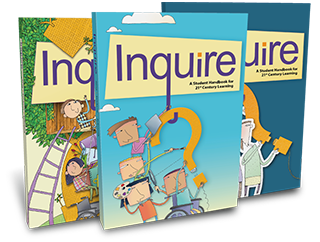Strategies for Teaching Social and Emotional Skills |
||||||||||
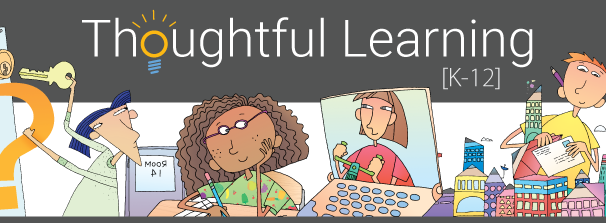
|
||||||||||
What's Inside?
|
||||||||||
Teaching the Whole Child (in a Fragmented World)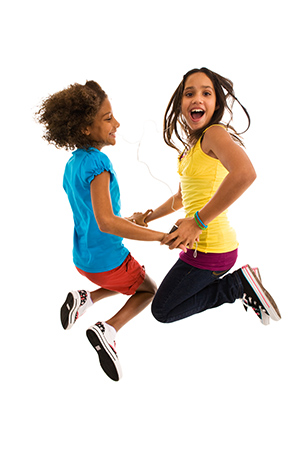
“So, you’re a teacher. What do you teach?” In an environment of standards and assessments, we sometimes struggle to focus on the kids, who are, after all, the reason we teach. Yes, they can be infuriating, but they can also be amazing and inspiring. The greatest moment for us is when that light comes on in a student’s eyes, when the child “gets it” for the first time. It’s like a sunrise that only we get to witness. Sobering StatisticsOver 70 percent of us recognize the importance of teaching social-emotional skills, not only for the well-being of our students but also for easier classroom management and higher test scores. However, a recent article in Education Week presents some sobering facts:
So we do what we always do—figure it out. Lacking formal training, 70 percent of teachers rely on talking with students to help coach them through emotional distress. But most of us would prefer concrete strategies that we can easily learn and teach without derailing our content instruction. |
||||||||||
Daily Support for Social-Emotional Learning
Do you want to help your students improve their focus, impulse control, conflict-resolution skills, self-esteem, and teamwork skills? Try the simple daily activities (10-15 minutes) from the In Focus series (K-2, 3-5, and 6-8). Learn More! |
||||||||||
Developing Social-Emotional Skills Through Literature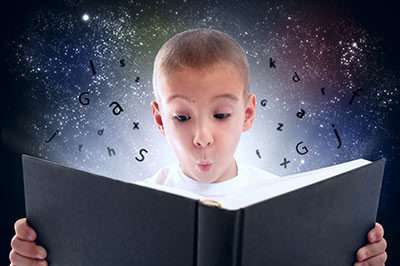
Novels and short stories are filled with emotions. The characters in them experience the ups and downs of the human condition, often in dramatic fashion. And as we read along, we feel things, too—about the characters and ourselves. For these reasons, literature offers a gateway to social-emotional learning (SEL) in your classroom. Teaching social and emotional skills can improve students’ mental health, reduce anxiety and depression, thwart bullying, and improve academic performance and in-class behavior. When students analyze the emotions of the characters they are reading about, they not only gain a greater understanding of the text but also a greater understanding of their own feelings. Asking SEL-based questions at different stages of the reading process can be an effective and time-efficient strategy for building your students' social and emotional intelligence. The table that follows compares traditional literature response questions with SEL-based questions for the book Because of Winn-Dixie by Kate DiCamillo. |
||||||||||
Handbooks for 21st Century Learning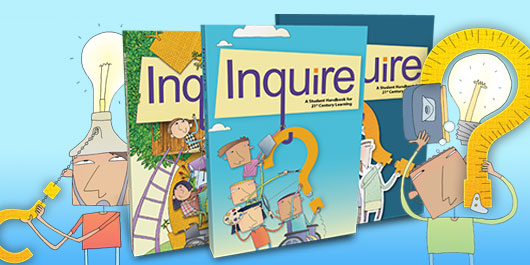
The Inquire series develops the deep thinking skills coveted by colleges and businesses. These cross-curricular learning guides cover 21st century skills, traditional study skills, the inquiry process, and project-based instruction. Both student and teacher editions are offered in print and online versions for all grade levels. Take a closer look at any level of Inquire, and sign up for free review copies. |
||||||||||
Successful Adulting (or What You Don't Learn in School)Cats dropped upside down land on their feet. How? It’s not magic. They go through a process.
Image from Agence Nature/Science Source Don’t try this at home. (Afterward, the cat usually scratches the person who dropped it and never will love that person again.) Successful adults act pretty much the same way. Constantly dropped upside down, they land on their feet (and dislike those who dropped them). How do adults do it? It’s not magic. They use the problem-solving process, which is just as effective and undignified as the falling-cat process—and just as likely not to be taught in schools. To help your students prepare for “adulting,” teach them the problem-solving process. |
||||||||||
Additional ResourcesEnglish Language Arts
 |
||||||||||

|
||||||||||
|
|
||||||||||
| Unsubscribe from this list. | ||||||||||





